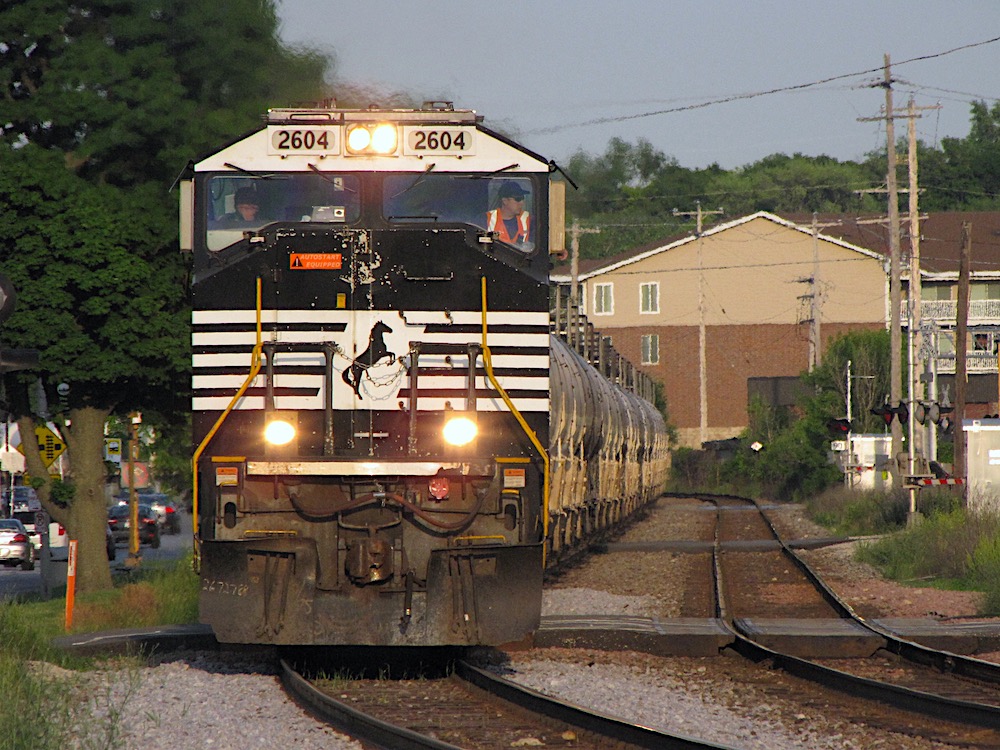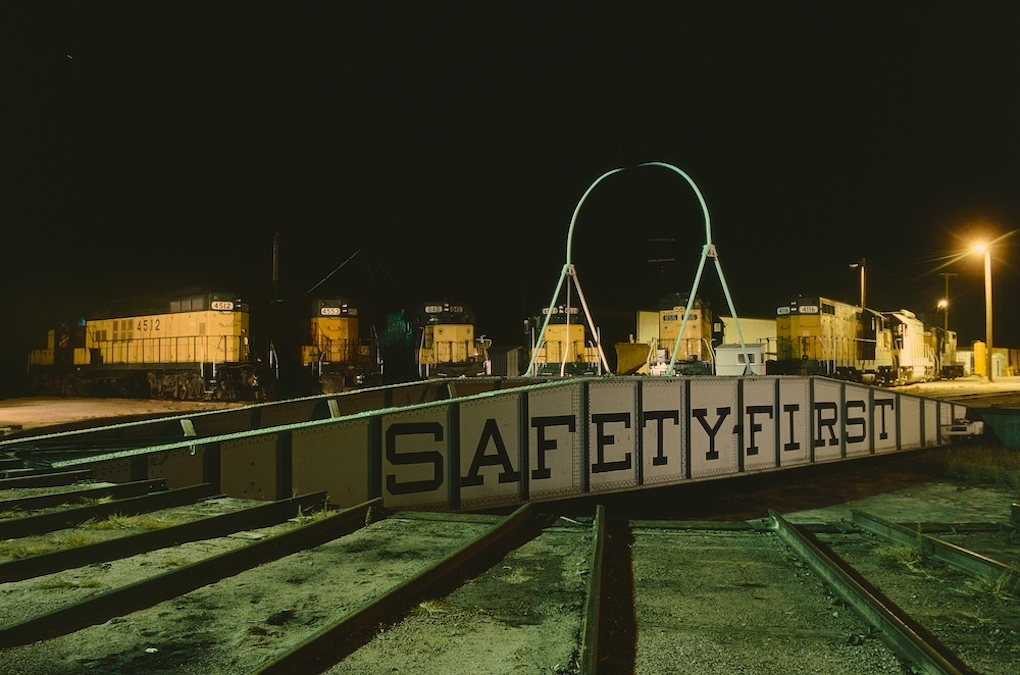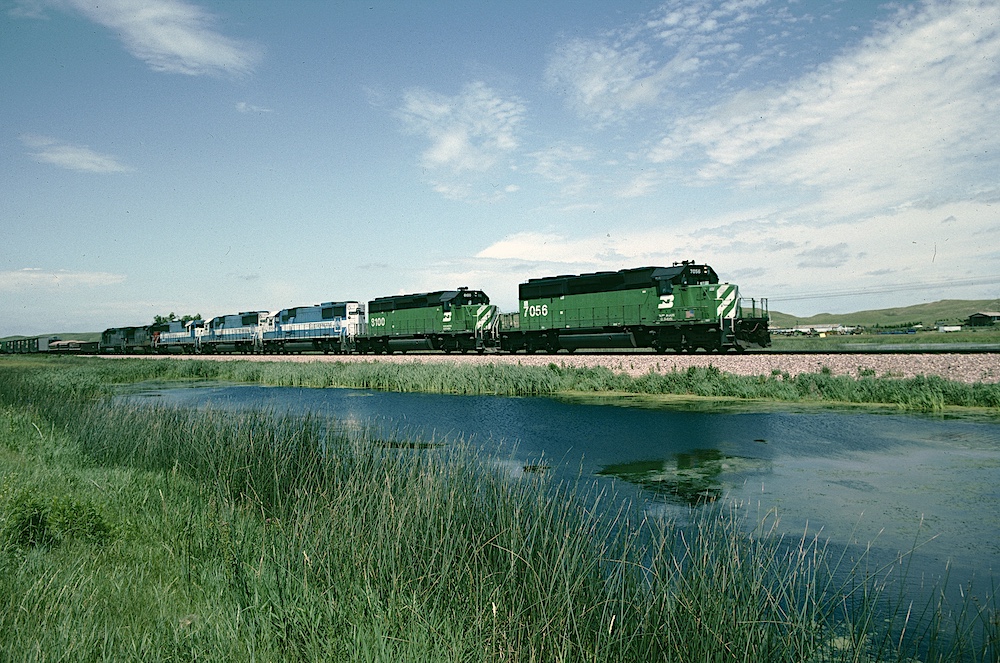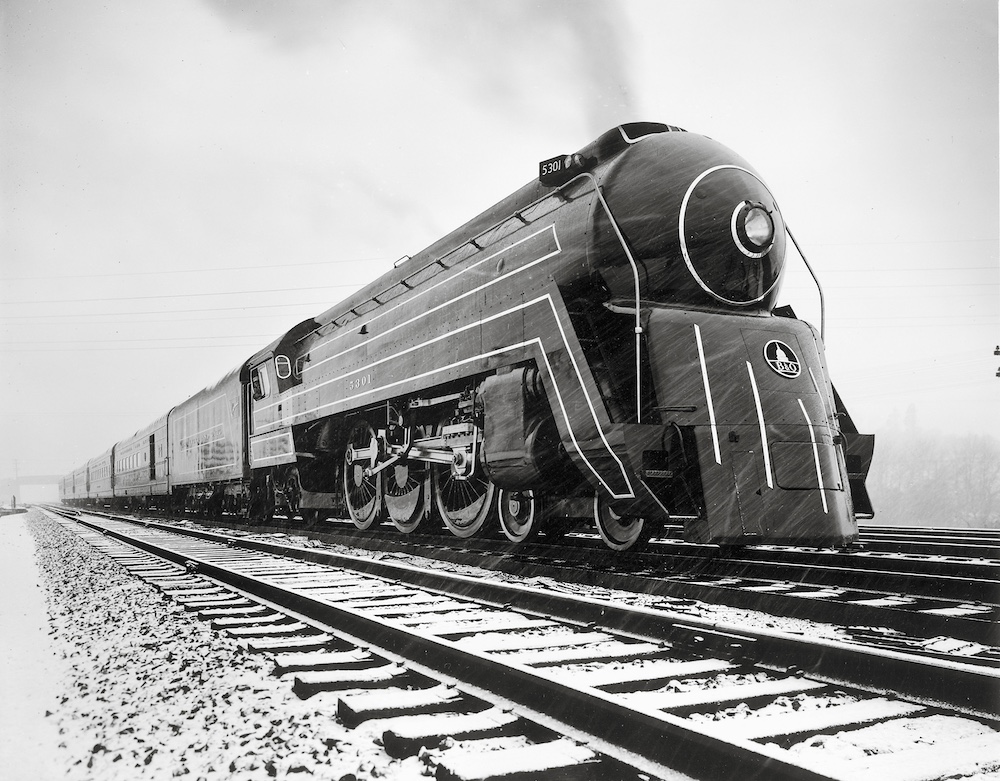
Railroaders, and railfans, are always talking about engines: How many engines were on that train? Don’t those new engines look good (or bad)? Did you get the number of that engine? So, what’s the difference between a locomotive and an engine?
We use both terms to describe the most compelling element of railroading: the machines that provide the power to make the trains go. But “engine” is really a shorthand expression describing only part of a larger entity — the locomotive.
Locomotive versus engine
Webster’s Ninth New Collegiate Dictionary defines a locomotive as “a self-propelled vehicle that runs on rails, utilizes any of several forms of energy for producing motion, and is used for moving railroad cars.” It’s related to the word “locomotion” (defined as “an act or the power of moving from place to place”), which has been in use since the early 1600s.
“Engine” comes into play because it is that portion of a locomotive which makes it go. The steam engine saw long use in a variety of stationary duties, such as pumping water from coal mines, before being used to make wheeled vehicles move along tracks. A locomotive was just a kind of engine whose work was to move itself and other vehicles. And with half the syllables and letters, “engine” is easier to say and write than “locomotive.” (Although it has found acceptance in Britain, “loco” is rarely used in the U.S.)
How diesel engines work
Engines types other than steam came to be adapted for locomotive use, with the diesel engine enjoying the most success in this arena.
Most diesel locomotives differ from steamers in that the power of their engines is not applied directly to turning the wheels — electricity is used to transmit the power. Simply put, the diesel engine turns a generator that produces electric current, which is then fed to electric motors, which through gearing make the wheels turn. A locomotive that works in this manner – as do nearly all those in North America — is properly termed a “diesel-electric locomotive.”
As “engine” is a synonym for “locomotive,” a diesel engine in a locomotive is often referred to as the “prime mover.” This eliminates the ambiguity between “engine” and “locomotive” and differentiates the main engine from any auxiliary ones, such as those used to produce head-end power on some passenger units.
Units and motors
“Unit” is a diesel-era term for locomotive. It comes from the building-block approach taken in the early years, when a single large locomotive was formed by grouping smaller units together. An A-B-B-A set of F7s, for example, was termed a “four-unit locomotive.” The term has stuck long after the idea of dedicated sets was abandoned in favor of free-running individual units.
An old nickname for diesel-electric locomotives is “motor.” So different in character are the steam and internal combustion engines that the term “engine” must not have seemed appropriate for both types of locomotive. Old expressions die hard, and on some railroads, diesels were still called motors long after the steam era. The term was applied to straight electric locomotives as well.
Electric locomotives are something of a special case. They don’t have engines — only motors and other electrical equipment that make use of electric current generated in central power stations. Power is delivered to electric locomotives via third rail or overhead wires along the track, contacted by a shoe or pantograph. Because electrics are dependent on power produced elsewhere, and cannot move themselves (let alone pull a train) without it, several people have argued that they are not truly locomotives. John W. Barriger even suggested “electromotive” for such machines.
“Motive power” is a term for the self-propelling equipment of a railroad. It usually means locomotives, but would also cover the dispersal of power units throughout trains that may someday replace locomotives.













On the Pennsylvania Railroad, they always referred to their electrically-powered train pullers as “motors”. Apparently, this parlance continued into the Conrail era. I’m not sure how other railroads that used electrics to haul trains referred to those electrics. (The Reading never had any electrically powered thingies that pulled trains, though had their proposed electrification to Reading, Bethlehem, and Jersey City gone through, such vehicles might have been needed…I understand that Lackawanna had electric switchers for use at Hoboken.)